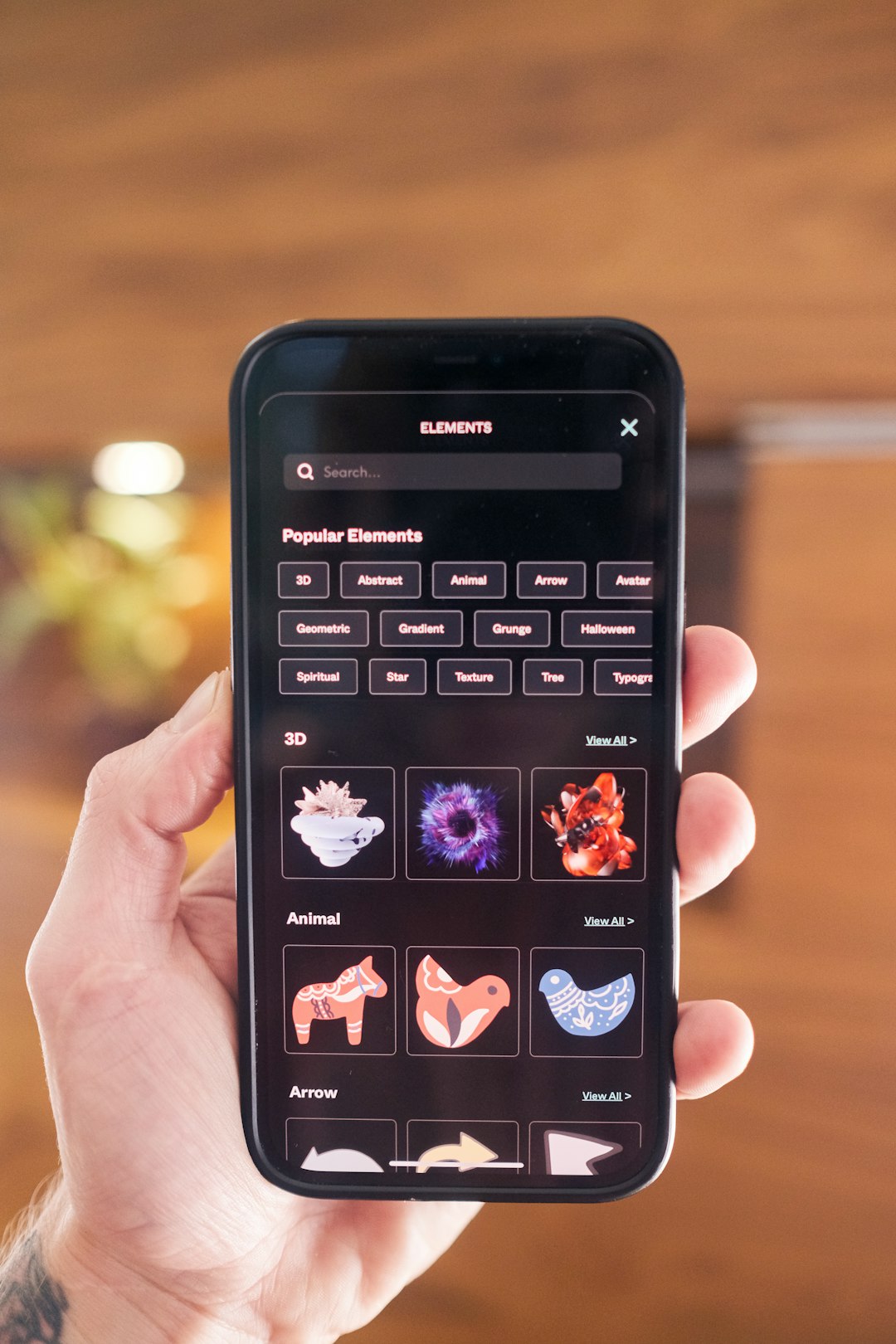Ever been on an online store where you just couldn’t find what you were looking for? You type in something simple like “blue sneakers,” and suddenly the whole site crashes or serves you a hundred irrelevant results. Frustrating, right? For online stores, search and filters can either make or break the shopping experience.
Let’s face it: most users won’t scroll forever to find what they need. They want quick results. And if your site doesn’t deliver, they bounce — fast.
Why Do Fast Product Filters and Search Matter?
People don’t have time to waste. We live in a world of one-click purchases and same-day delivery. If your product search lags or your filters confuse shoppers, they’ll leave. And they probably won’t come back.
Here’s what fast and bloat-free search can do for you:
- Increase conversions – Users find what they want without frustration.
- Reduce bounce rate – Fewer people quit your site out of annoyance.
- Improve UX – Seamless experiences make shoppers remember your brand.
Common Pitfalls of Store Filters and Search
Before diving into what works, let’s talk about what doesn’t. Here are the usual suspects:
- Slow response time – Lazy loading, bloated code, or unnecessary animations can kill performance.
- Overwhelming filter options – Ever seen 25 categories for t-shirts? Yeah, don’t do that.
- Poor mobile usability – If tapping a filter works only half the time, users will bounce.
- Generic search logic – No understanding of synonyms, typos, or natural language.
These things don’t just affect usability; they directly impact your sales.
The Secret Sauce: Simplicity, Speed, and Smarts
Great product filters and search engines share three key traits:
- They’re lightning fast.
- They’re dead simple to use.
- They understand what users mean, not just what they type.
Let’s break that down.
1. Make It Fast (Like, Really Fast)
Speed is king. Your filters and search should return results in under a second.
How? Keep it lean:
- Use client-side rendering with backend support – No full-page reloads, ever.
- Cache frequent queries – Make repeated searches blazing fast.
- Limit filter logic on the backend – Use JavaScript to handle sorting and selecting instantly.
Want to show you’re fast? Add subtle animations after results load, not before. Users care more about speed than cool transitions.

2. Keep Filters Clean and Friendly
Ever open a filter menu and just give up? Yeah, that’s bloat. Simpler is better.
Here’s how to make it usable:
- Group related filters – Like size, price, and color together. Avoid spreading them all over the page.
- Use clear labels – “Men’s” is better than “Category A101.”
- Show popular filters first – Start with what people actually use.
- Auto-update results – As soon as someone selects a filter, show updated results without asking them to click “Apply.”
Also, don’t throw 50 filter options in a dropdown. Use toggles, sliders, and buttons. Make it fun to explore.
3. Smarter Search Knows What You Mean
Typing isn’t perfect. People say “phone,” “cellphone,” or “mobile.” A smart search engine treats them the same.
Here’s what your on-site search should have:
- Auto-suggestions – Show ideas as users type.
- Synonym support – Match similar words and intent.
- Natural language understanding – Recognize phrases like “shoes under $50.”
- Fuzzy logic – Handle typos like “nik” returning results for “Nike.”
Bonus: offer filters right inside search results. Let users refine even before the page reloads.

Mobile-First: Filters for Thumbs, Not Mice
Over 50% of e-commerce traffic comes from mobile. So your filters and search need to be touch-friendly, responsive, and minimal.
What works well on mobile?
- Swipeable filter drawers – Slide in, slide out menus.
- Sticky filter buttons – So users can refine at any time during browsing.
- Big touch targets – Make sure every tap registers.
If users have to pinch-zoom to operate your filter menu, it’s time to redesign.
Kill the Bloat, Boost the Load
Bloat is the enemy. It clogs performance and kills user patience.
Here’s how to slim down:
- Keep plugins limited – Don’t rely on 10 different libraries to power filters and search.
- Lazy load images and data – Only load what users need right now.
- Avoid too many animations – They look flashy but cost speed.
- Streamline backend APIs – Feed only essential data to the front end.
Clean code + lean data = fast experience = more sales.
Quick Wins to Instantly Improve Search and Filters
Want fast improvements? Here are a few super-effective changes you can make today:
- Enable instant results as users type.
- Replace dropdowns with clickable filter chips.
- Add error correction in your search bar.
- Limit filters to 5-7 useful categories max.
- Use analytics to track which filters are used most.
And test often. What works for one store doesn’t always work for another.

Final Thoughts
Product filters and search tools don’t have to be complicated. In fact, the best ones are simple, fast, and smart.
Focus on the goals: Help your users find what they want as quickly as possible. Do that with clean filters, blazing fast responses, and a search bar that thinks like a human.
No lag. No bloat. Just effectiveness.
If your shoppers feel like your site “just works,” that’s the dream. And their carts – and your conversions – will thank you.